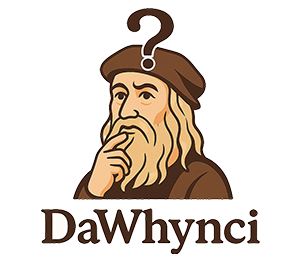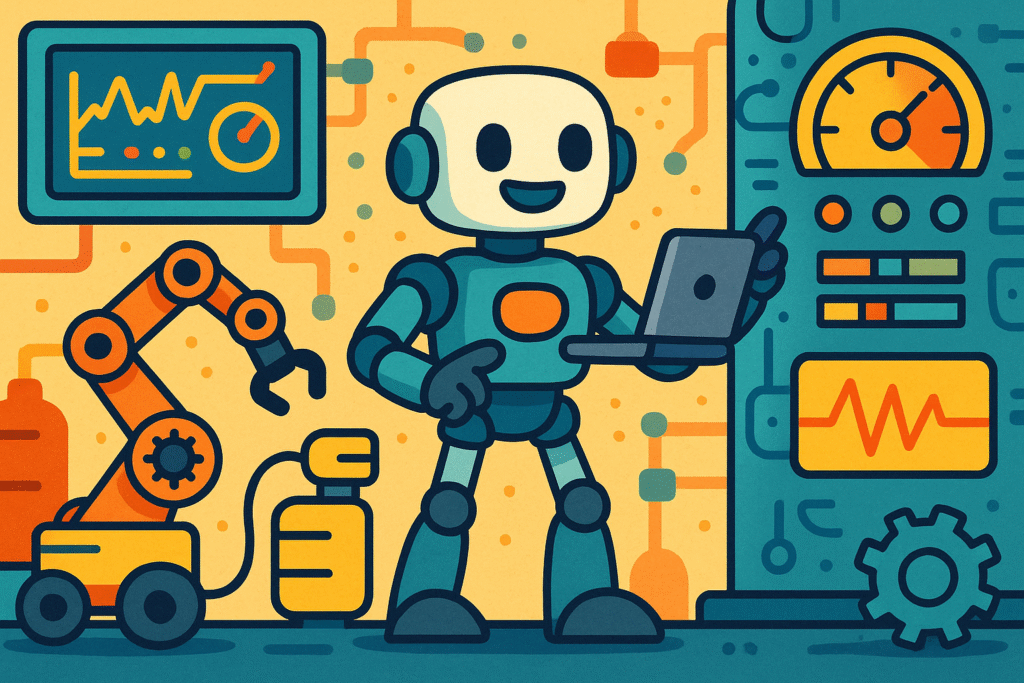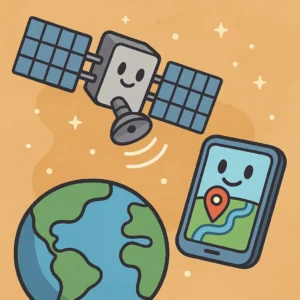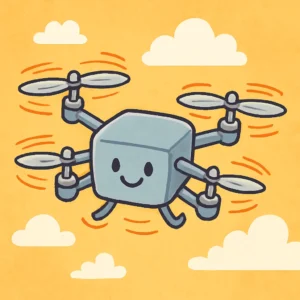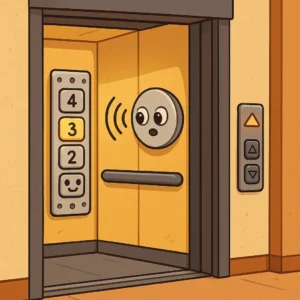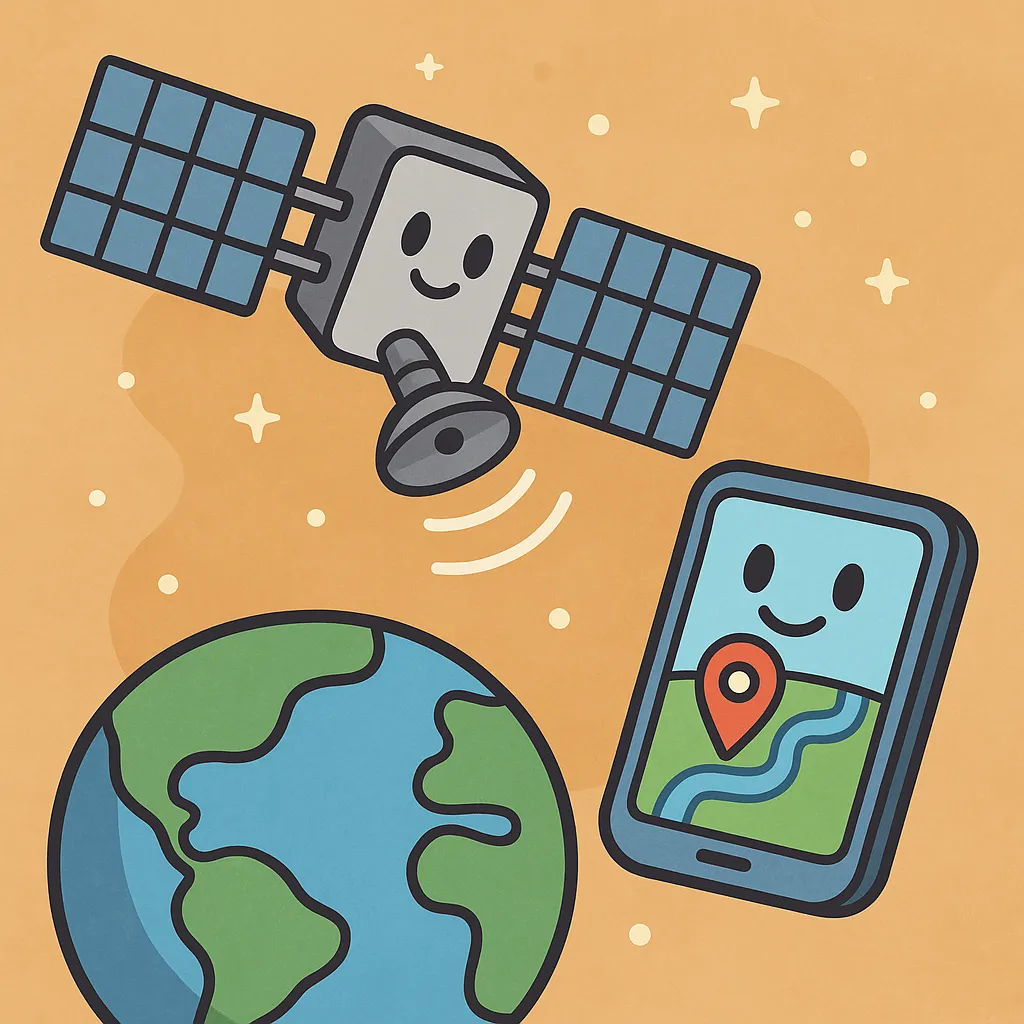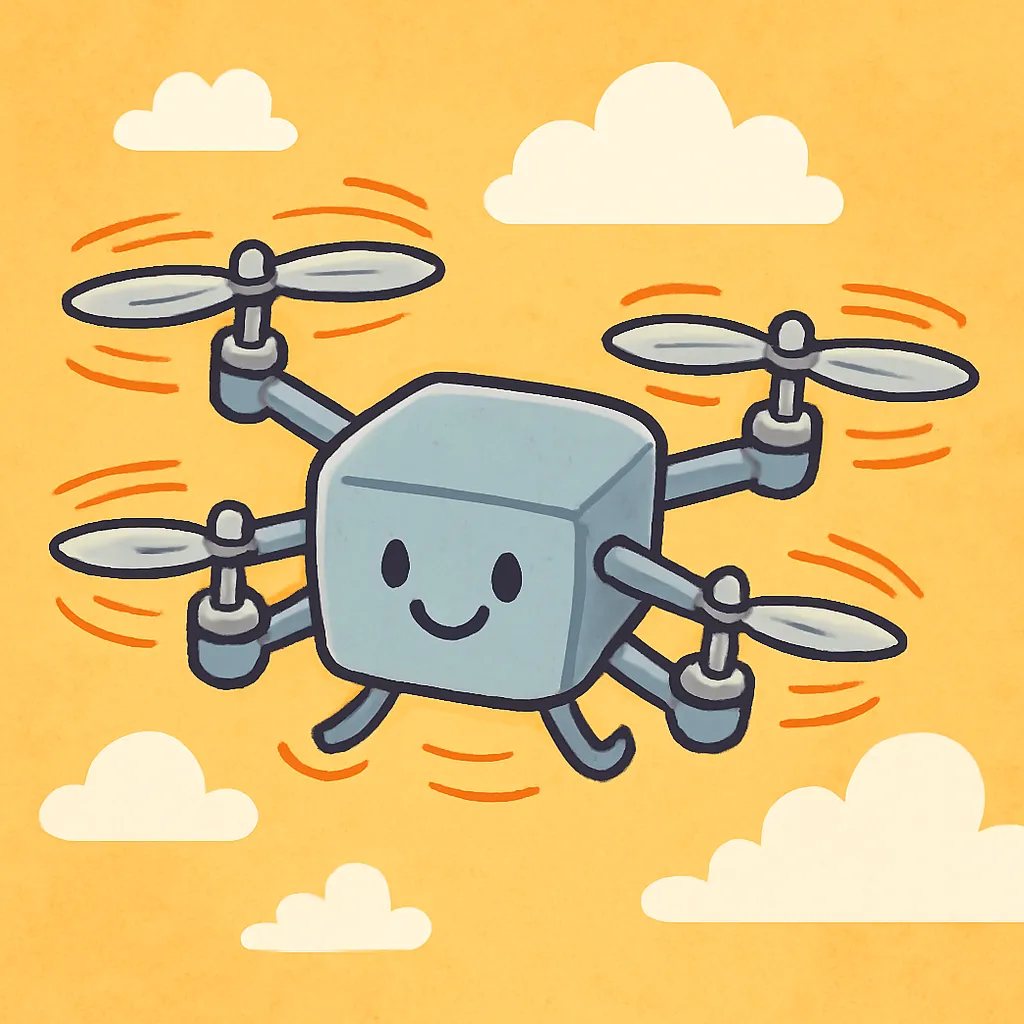Motors and Sensors for Movement
Robots move using motors that control their arms, wheels, or legs. These motors are powered by electricity from batteries or plugged-in power. Sensors help robots know what is around them, like cameras for seeing, touch sensors for feeling, and microphones for hearing. The robot’s computer uses this information to decide how to move, whether it’s turning, picking something up, or rolling forward.
Computers for Thinking
A robot “thinks” through a computer brain called a processor. This processor follows instructions written in code, telling the robot what to do in different situations. Some robots use artificial intelligence, which helps them learn from experience and make better choices over time. By combining movement, sensors, and processing, robots can complete tasks from building cars to exploring space.
FAQs
Q: Can robots think like humans?
A: Not exactly. Robots can follow instructions and solve problems, but they don’t have feelings or true human thoughts.
Q: How do robots learn new things?
A: They can be programmed with new instructions or use artificial intelligence to improve from past actions.
🧠 Conspiracy Theory
Some believe robots secretly meet at night to plan the world’s best dance moves.
😅 Dad Joke
Why did the robot go on a diet? It had too many bytes!
